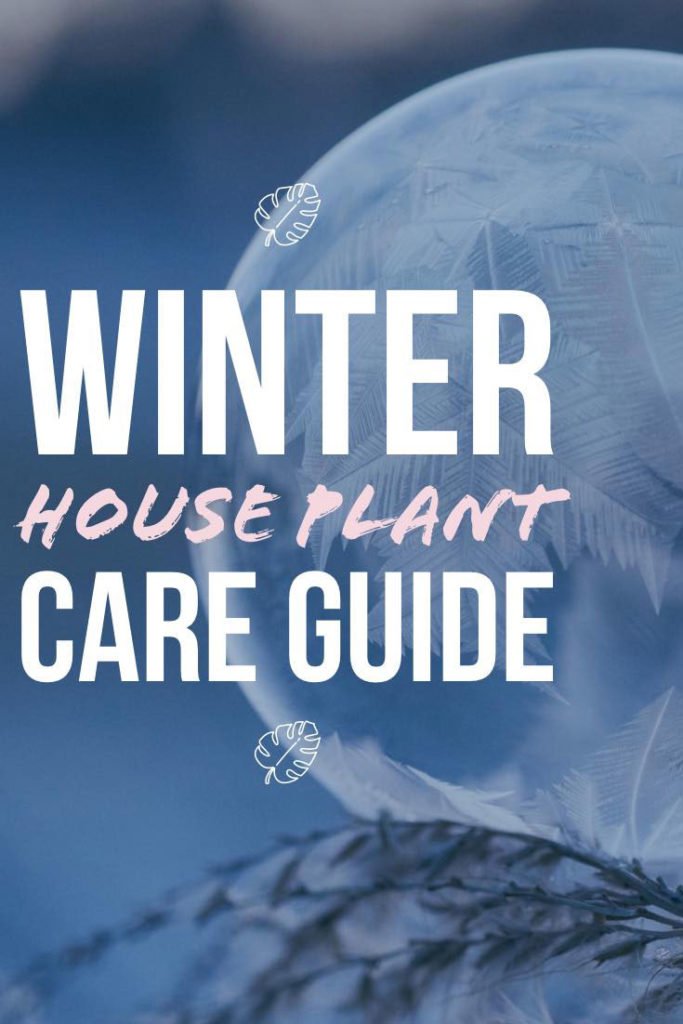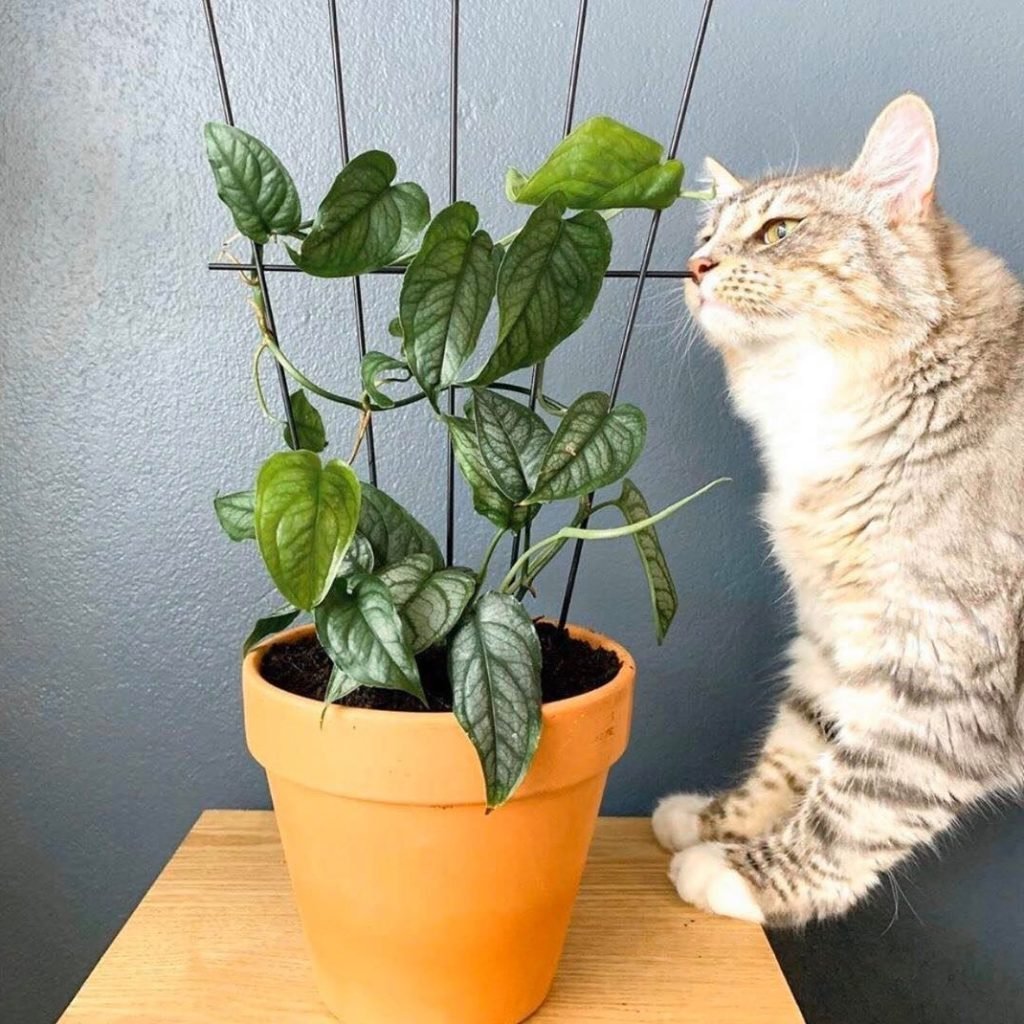
Winter is coming and we need to do everything we can to assist in keeping our plant friends happy and healthy during these colder months. If you keep some of your plants outside like I do, it’s that time to start thinking about bringing them inside or finding an alternative solution if you can’t have them inside. In the sections below we will go over every aspect of plant care that needs to be kept in mind during winter, from watering to pruning these tips will make sure there are no heartaches when spring time comes.
Temperature
Temperature plays a vital role in your house plants health, with a typical gradual decrease in ambient temperature in the winter months of the year keeping your house plants healthy can be a challenge. House plants can start to stress as temperatures start to drop, this can be a major contributor leading to poor plant health. Signs that your house plants are negatively affected by the cold are;
- Blackened or burnt looking patches on your plants foliage.
- Wilted leaves and stems
- Splitting or cracking of woody trunks (i.e Fiddle Leaf Figs)

To mitigate the risk of house plant damage in winter it is ideal to keep most species positioned between 18-24°C (65° to 75°F). If you are having troubles keeping a stable temperature for your indoor plants consider getting a greenhouse. Greenhouses are a great way to maximize the suns warmth during winter whilst also giving you great humidity. If you are having difficulties with humidity you can see our humidity tips here.

The temperature in a room housing your indoor plants can be directly affected by the amount of light said room receives, the next section will cover tips on controlling this.
Lighting
During winter the days become shorter and capturing enough light for you plants can be tricky. Whether you change their position or utilize technology such as grow lights there are a few important considerations to take into account. When moving your plants around, it’s important to put into consideration the lighting changes. If you have plants that are in full sun or bright lit areas, it’s important to try and acclimate them first. You can do this by moving them into a shadier spot before you move them inside. This is so the plants can get used to being in lower light conditions.
Improving Light
Grow Lights
If the lighting in your house doesn’t seem to be bright enough for all your plants, you can consider using devices such as grow lights to assist in keeping your plants alive and thriving during winter. When it comes to grow lights, you may need to do your research into finding which grow light will work best for you and your plants. Grow lights will assist in keeping your plants alive during winter however, to see growth in your plants with grow lights, they may need to be positioned closer to your plants.
Cleaning Windows
During winter the sun is only 50-60% as strong as it is during summer months so every little bit counts! Cleaning your houses windows can aid in increasing the light that reaches the inside of your house. Although this may seem like a marginal increase in light, combining this with other methods such as wiping leaves can make a noticeable difference.
Wiping Leaves
Dirty leaves with an excess build up of dust and dirt can impair your plants ability to produce energy through photosynthesis. Wiping your plants leaves with a soft cloth and water can clean your plants own ‘solar panels’ to increase the amount of energy it can make during photosynthesis.
Winter Positioning for House Plants
For the best results you will need to take into consideration your plants needs on an individual basis. This is due to different species of plants preferring more or less sunlight. For plants that require that little bit extra sun to keep them happy rotating their position can be beneficial. Rotating plants to allow them to get better access to the sun from the window at regular intervals will help in even plant growth or maintaining leaves.
Winter Pruning Tips for House Plants
When it comes to pruning house plants in winter, it’s best to avoid it if you can. In some cases, if your plant has grown so big that it will no longer fit inside your home anymore, then giving your plant a trim might be necessary. Pruning your houseplants won’t harm them during the winter months; however they won’t flourish out new growth until it warms up again. For that reason, I find that pruning them isn’t really necessary. However, if any of your plants have brown or dead leaves, pruning them off is important. Dead and dying leaves make the perfect habitat for unwanted pests and diseases.
Leaf Loss
Losing leaves on your prized house hold plants can be heart breaking so here are some tips to get you through the winter period. It may be devastating but you can expect some leaf loss on your plant when transitioning from outdoors to indoors due to the change in humidity, light and air parameters. So with this information don’t be alarmed if a few leaves fall off. If an excessive amount of leaves begin to fall off you may need to consider different positioning for your plant.
General Care
Plant care and maintenance must be upheld year round to ensure your plants are happy. With the change of seasons the care that your plants require also changes. Some plants during the winter months will enter a phase or dormancy. During these times plants will start to slow down growth and therefore will use and therefore require less water and fertiliser.
Watering house plants in winter
As dormant plants will utilise less water, it is important to monitor how much you are watering them. Make sure to water plants less as over-watering will lead to plant health problems such as root rot. Also if you live in a climate that is susceptible to frost or sub zero temperatures water in your plants soil can turn to ice. This will make it un-useable for your plant and cause frost related issues potentially killing your plants.
Winter Fertilising Tips
As the cold comes in some of your house plants may go into dormancy. Therefore the amount of nutrients and fertilisers that your plant require will decrease. Fertilising plants is not necessary during winter for dormant plants that have stopped growing. Be careful not to over fertilise plants as this can lead to heath issues such as burnt roots from fertiliser burns.
Repotting house plants in winter
When repotting it is best to avoid doing so during the cold dormant months of winter. It is best to wait until late winter or early spring as it warms up to repot plants if possible. However; If your plant is still growing and desperately needs repotting you can do so.
Avoiding bugs and pests in winter
Bugs can be a major issues to your house plants year round and winter is no exception. Keep an eye out for insects by checking your plants often as drier weather is typically known to increase bug and insect activity. If you have already noticed you have pests or bugs on your plants you can take typical methods to remove them. You can see our range of pest treatment articles here.
Since the days are colder, windows are shut and heating is used which creates a lack of air circulation. Using a fan to create air circulation is a helpful method that will assist in preventing insects and diseases.
Other Considerations
It is important to consider your specific plants needs for when it comes to winter care and climate control. Some plants benefit from a cooler period such as string of pearls. Make sure to read up on your specific plant to ensure the happiest plants.


